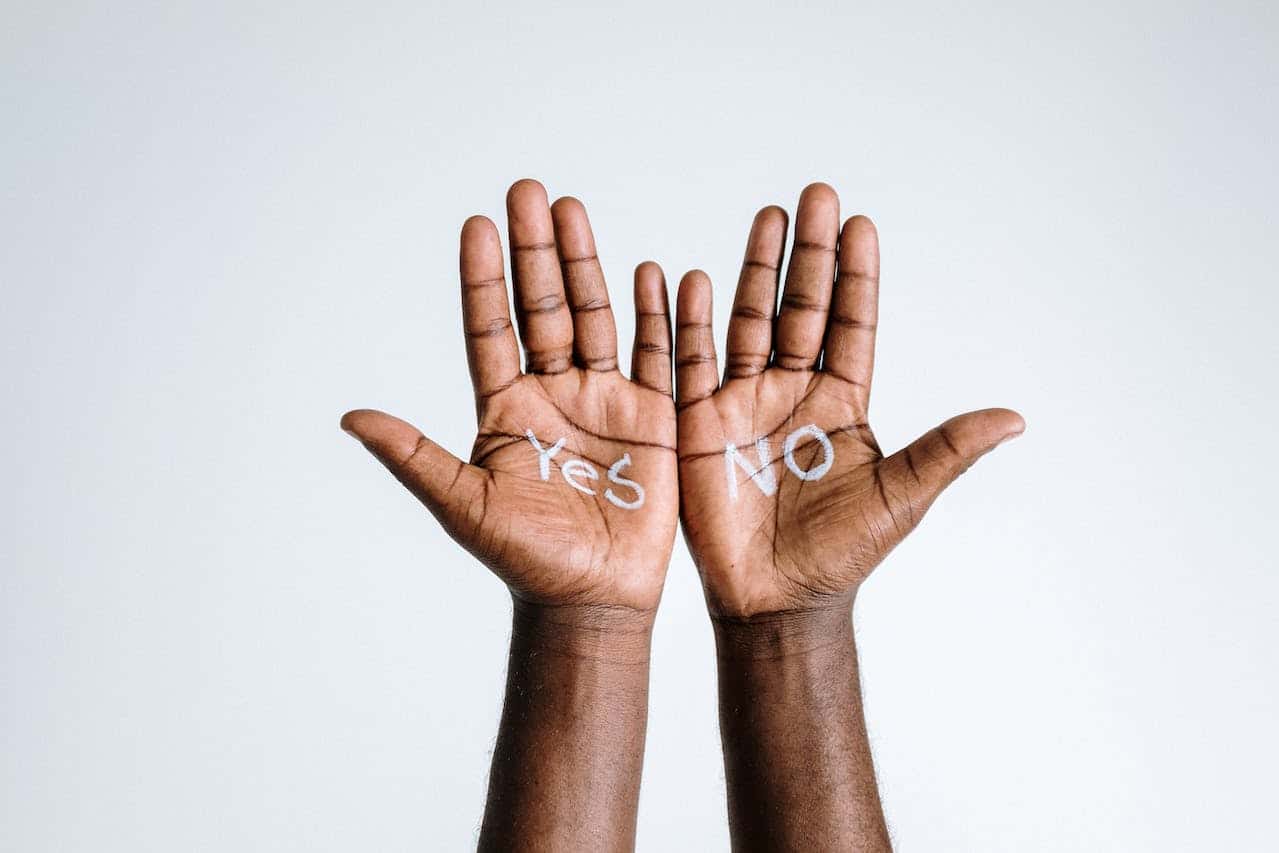This article seeks to explore a common yet often overlooked sensation that inhibits us from making decisions. It’s a paralyzing feeling, standing between us and our ability to choose, holding us back from making the decisions that shape our lives. The purpose of this article is to create a deeper understanding of the psychological components involved in this sensation and offer practical strategies to overcome it.
Understanding the Nature of Decision-Making
A decision, by its nature, requires the brain to choose between at least two alternatives. Inherent in this process are elements of emotion, logical thinking, and intuition.
The role of emotion in decision-making- Emotions, while often dismissed as illogical or irrational, play a key role in decision-making. They help us evaluate options based on personal value and potential for reward or loss. They provide a quick, automatic way to process information, especially in complex or uncertain situations.
The impact of logical thinking- Logical thinking, on the other hand, involves a more systematic, step-by-step process. It requires us to gather, analyze, and compare data before coming to a conclusion. While this approach can be time-consuming, it can also minimize errors and increase the probability of making a ‘correct’ decision.
Significance of intuition- Intuition is a mysterious yet crucial element that often guides decision-making, particularly when information is scarce or overwhelming. It’s an instinctive feeling rather than conscious reasoning, quickly guiding your action towards what feels innately ‘right’.

Identifying the Feeling That is Holding You Back
The intricate psychology of decision-making fears uncovers the multifaceted nature of the dread that hinders us from making choices. At the very heart of the paralysis that often accompanies decision-making is a deeply rooted fear. This fear is not singular in its origin but is a complex tapestry woven from threads of fear of failure, the prospect of facing disapproval, or stepping into the abyss of the unknown. It acts as a psychological defense mechanism, one that our mind employs to protect us from perceived potential threats or the discomfort that might come from stepping outside our comfort zones.
The symptoms indicating the presence of this fear can be diverse and impactful. They often materialize in the form of procrastination – the art of delaying or postponing decisions. This symptom might be accompanied by an incessant quest for reassurance from others, an aversion to taking up responsibilities, or an overwhelming concern over the possibility of making an incorrect choice. These symptoms can become barriers, standing firmly between us and the paths we might otherwise choose.
Moreover, this sensation is sometimes intricately linked to anxiety disorders or other mental health issues, which are hallmarked by a disproportionate and pervasive sense of apprehension and concern about a range of everyday situations. This link highlights the importance of recognizing and addressing these fears within the broader context of our mental well-being.
Analyzing the Effect of this Feeling on Personal & Professional Life
The impact of this fear on personal development is significant and often constraining. Our decisions are the stepping stones of our life’s path, leading us to novel experiences and opportunities for learning and growth. Shying away from making decisions because of fear inevitably results in missed opportunities, hindering our personal evolution and the broadening of our horizons.
Within the realms of our professional lives, the ability to make decisions is a cornerstone of progress and success. Decisions range from simple daily choices to momentous ones that may determine our career path. In the context of professional advancement, embracing opportunities to make decisions is pivotal. When we are inhibited by fear and unable to decide, we inadvertently barricade ourselves from paths that could lead to promotions or significant professional growth.
Furthermore, this pervasive fear can deeply erode one’s sense of self-confidence and self-esteem. Each decision that is sidestepped in favor of staying in a perceived safe zone contributes to a mounting sense of self-doubt. As this self-doubt grows, it reinforces the fear, creating a self-sustaining cycle that can be challenging to break. This cyclical nature makes it all the more critical to confront and understand the fears that hold us back, to not only make better decisions but to build a more confident and self-assured self.

Psychological Perspectives on Decision-Making
Decision-making theories: The study of how we make decisions is vast and filled with intricate theories that try to understand the underlying processes. One such theory is the Rational Choice Theory. This theory posits that human beings, when presented with a decision, will always opt for the most logical, self-interested outcome, given the information available. It paints a picture of humans as rational beings who weigh benefits against costs to arrive at a logical decision.
On the other hand, Dual-Process Theory provides a more layered understanding of our decision-making process. This theory postulates that our thinking can be divided into two primary systems. The first system operates on an intuitive and automatic level, requiring minimal conscious effort. This system is fast and often relies on heuristics or mental shortcuts. The second system is more deliberate, logical, and requires conscious thought. It’s the system we use when we take our time to ponder over a decision.
How our brain makes decisions: The brain, being the central hub of our cognitive functions, deploys a multifaceted approach when it comes to making decisions. At the forefront of this process is the prefrontal cortex, an area of the brain responsible for higher-order functions. It plays a pivotal role in analyzing the advantages and disadvantages of each choice, acting almost like a balance scale. Meanwhile, the amygdala, a more primitive region of the brain, infuses our decisions with emotional significance. It can elevate the emotional stakes of a decision, making it feel more urgent or significant than it might objectively be. Together, and with the input from other regions, our brain seamlessly integrates logic and emotion to steer our decisions.
The role of cognitive biases and heuristics: While our brain is a sophisticated decision-making tool, it’s not immune to errors. Cognitive biases and heuristics are mental shortcuts our brains use to speed up the decision-making process. Although these shortcuts can be beneficial in some scenarios, they can also skew our perception, memory, or judgment. This can lead to decisions that might seem irrational or not in our best interest. Being aware of these biases is the first step in mitigating their effects on our decisions.

Strategies to Overcome the Feeling
Mindfulness and meditation techniques: Embracing practices like mindfulness and meditation can be instrumental in confronting and managing fear. By grounding oneself in the present moment, these techniques can mitigate the paralyzing effect of worrying about future outcomes. They train the mind to view fear as a transient feeling, not a definitive reality. Over time, this perspective helps reduce the overwhelming grip that fear can have on decision-making.
Cognitive-behavioral strategies: Cognitive-behavioral techniques offer tools to dissect and reframe unproductive or harmful thought patterns that amplify fear. By identifying these patterns, one can challenge their validity and replace them with more constructive, balanced beliefs. This realignment can drastically reduce the influence of fear on decision-making.
Seeking professional help: There’s no shame in reaching out for help when fear becomes too daunting to handle alone. Mental health professionals possess a vast array of tools, strategies, and therapeutic interventions to address individual needs. Their guidance can provide clarity, comfort, and actionable steps to confront and manage overwhelming emotions.
Conclusion
This article has sought to shed light on the often-overlooked realization that fear can hamper our decision-making capabilities. By understanding this fear, recognizing its signs, and implementing effective strategies, it is entirely possible to overcome it. Here’s a call to every reader to acknowledge this fear if it exists within you and take concrete steps towards overcoming it, thereby unlocking a wealth of opportunities and personal growth.


















